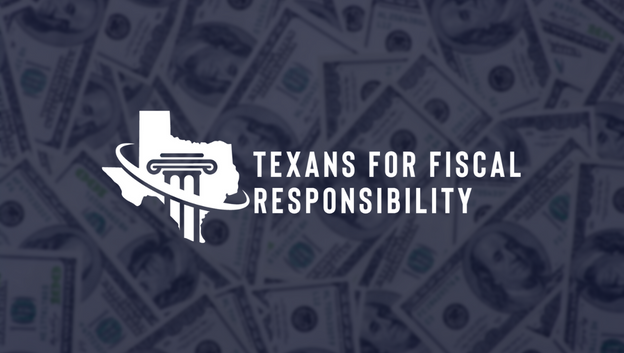Recently, Truth in Accounting (TIA), a fiscal watchdog organization, published a report titled “Financial State of the States 2023” shedding light on the perceived fiscal health of all 50 states in the United States based on key factors.
According to TIA, Texas’ fiscal health slightly improved when compared to last year but it still faces several concerning realities like those of unfunded pension systems and other employee retirement obligations as well as not having enough revenue to pay ongoing expenses.
The Grading System
First, let’s talk about how this report grades states. The grading system ranges from A to F and is based on a state’s perceived “Taxpayer Burden” or “Taxpayer Surplus”. These grades provide context to each state’s financial condition, and Texas ultimately received a “C” compared to last year’s grade of a “D”, but what does this mean?
The Taxpayer Burden
The “Taxpayer Burden” is essentially the amount each taxpayer would have to pay for the state to break even. For Texas, this figure stands at $4,300. While this might not sound like a lot, it’s significant when you consider the state’s population and the fact that not everyone pays taxes.
Texas’ Financial Grade and Ranking
Texas received a “C” grade, placing it 30th out of 50 states in the overall rankings. While we’re not at the bottom of the list, there’s plenty of room for improvement. The state needed $38.4 billion to pay its bills, which is no small figure.
Why Did Texas’ Financial Condition Improve?
The report indicates that Texas’ financial condition improved in 2022. This improvement is attributed to two main factors:
- End of Lockdowns: The end of COVID-19 lockdowns led to an increase in tax revenue collections. People started going out again, tourism picked up, and businesses reopened, leading to a healthier economy and, consequently, more tax revenue.
- Federal COVID Funds: Texas, like many other states, received federal funding for COVID relief. These funds were used for various purposes, including healthcare and economic stimulus, which contributed to the state’s improved financial condition.
The Elephant in the Room: Unfunded Pensions
However, it’s not all sunshine and rainbows.
The report also highlights that unfunded pensions and other employee retirement obligations plague Texas. Over the last two years, the value of Texas’ pension investments has been subject to market volatility. While there were significant gains in 2021, the market conditions turned negative in 2022, leading to investment losses.
What Does This Mean for Texans?
So, what does all this mean for us, the residents of the Lone Star State and Texas taxpayers? For starters, the “Taxpayer Burden” of $4,300 is something we should all be concerned about. It’s a debt that we collectively owe, and it’s crucial for policymakers to address this issue. Sadly, in the most recent legislative session, state lawmakers passed the largest spending increase in Texas history.
Secondly, while federal funds and the end of lockdowns have given us a temporary respite, they are not long-term solutions. The issue of unfunded pensions is a ticking time bomb that needs immediate attention.
Conclusion
While Texas has shown some financial improvement according to TIA, there’s a long road ahead. The state’s “C” grade and 30th ranking indicate that we have work to do. It’s crucial for us to understand these financial metrics as they have a direct impact on our lives, from the quality of public services to the state’s ability to use taxpayer money in future projects.
Texans for Fiscal Responsibility relies on the support of private donors across the Lone Star State in order to promote fiscal responsibility and pro-taxpayer government in Texas. Please consider supporting our efforts! Thank you!
Get The Fiscal Note, our free weekly roll-up on all the current events that could impact your wallet. Subscribe today!




